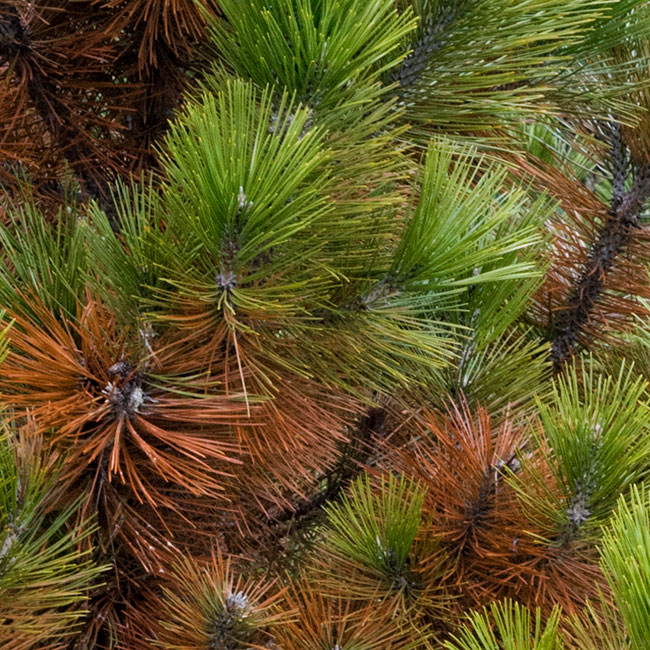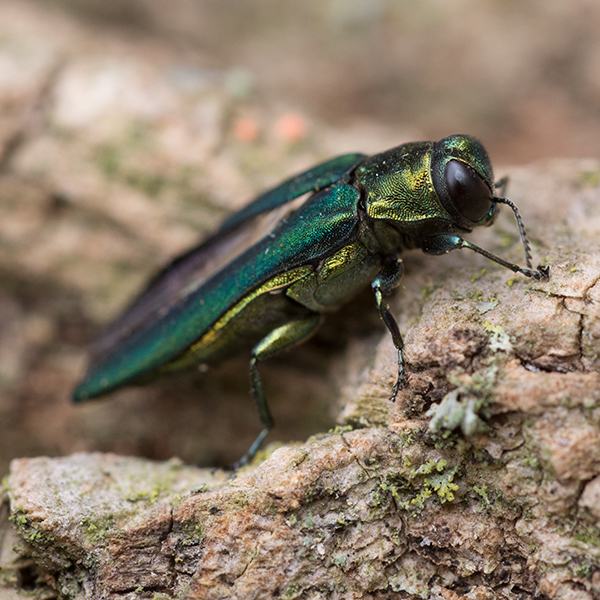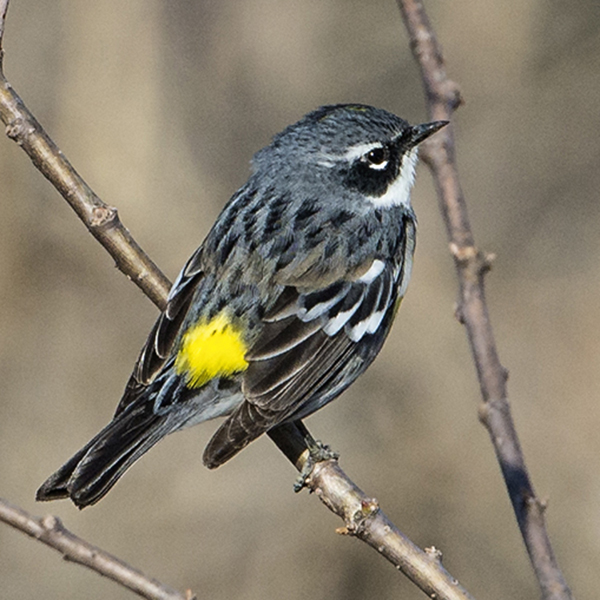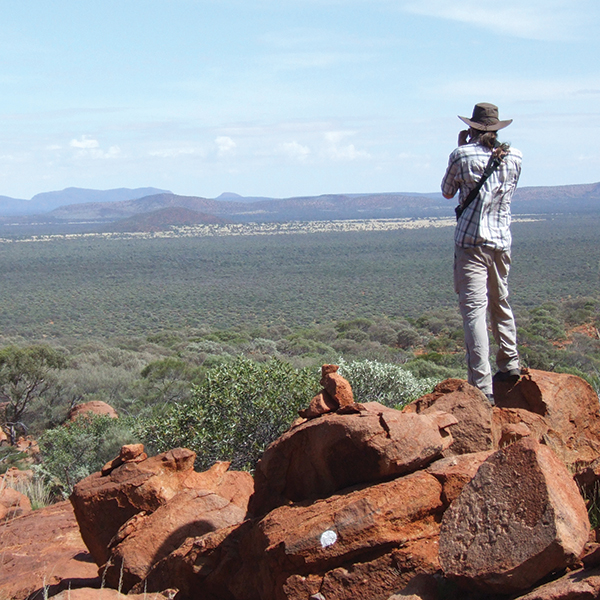Month: April 2014
Overcoming Winter Scorch
Gardeners are facing bigger challenges than usual this spring due to a “perfect storm” of weather conditions that scorched evergreens, protected plant predators, elicited heavy use of road salts, and encouraged snow molds. The scorch or burn that has left patches of brown on arborvitae (Thuja), yews (Taxus), boxwoods (Buxus), and other evergreens is the worst and most widespread I’ve seen in my 29 years at the Chicago Botanic Garden. Branch damage from voles and rabbits is also particularly bad this year, and heavy and prolonged snow cover also promoted snow molds, creating bleached-out patches of lawn. Road salts put additional environmental stress on our landscaping.
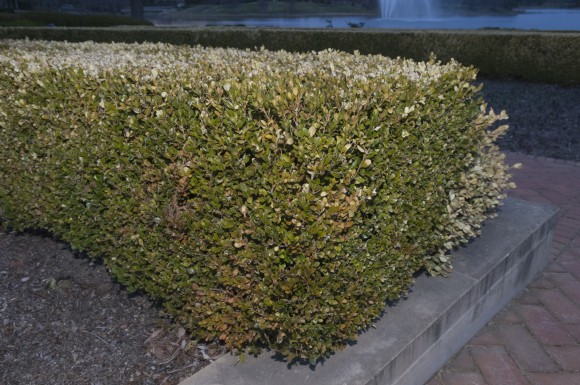
The bad news is that more plant damage is likely to appear once the weather is consistently warm, though many plants will recover from the long, hard winter. While plants may have to be severely pruned or removed altogether, the polar vortex has given us a few important reminders about growing in the Chicago area and could ultimately make us all better gardeners.
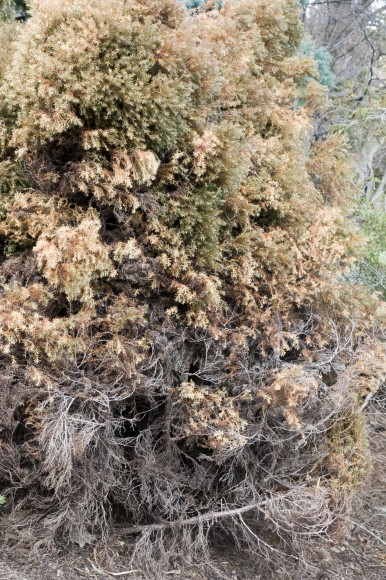
During the cold winter months, evergreens continue to lose water vapor through their leaves or needles. The leaves must replace the water by pulling it up from the roots. But when the ground is frozen, the plants’ roots cannot absorb water to resupply the leaves.
If the weather turns warm and sunny while the ground is frozen, evaporation from the leaves increases and the water cannot be replaced. The resulting symptoms, discolored or “burned” foliage, tend to show up quickly in spring, when days are sunny and warm.
Bright winter sun and strong winds can accelerate evaporation, and it’s typical to see the worst burning on the west- and south-facing sides of a bush or tree. Signs of winter burn include needles or leaves that have turned golden or brown. Sometimes a plant has an overall yellowish or off-green color. Leaves may appear bleached. Salt sprayed up by passing traffic can exacerbate the problem and accentuate damage on the road-facing side of the plant.
Many evergreens—particularly fast-growing varieties such as yews—will be fine after a light pruning. Deeply scorched plants will require heavy pruning, leaving unsightly “holes.” Slower growing evergreens may take years to recover from a severe winter burn, and gardeners must decide on a case-by-case basis whether it’s best to remove the specimen.
Unfortunately, some evergreens will be a total loss. This is especially true for plants grown at the edge of the hardiness zone. To determine whether a bush is going to make it, look for new buds or lightly scratch a branch to look for signs of green wood. Patience is often a virtue in gardening, so if you have any doubt about a plant’s viability, give it some time.

The deep drifts of snow and prolonged snow cover were a boon to such plant predators as voles and rabbits. The blanket of snow shielded voles, mouse-sized creatures that travel under the snow, from hawks and other predators, leaving the creatures free to gnaw on branches and trunks. The drifts also provided a stepladder for rabbits, which feed on top of the snow, allowing them to reach higher into bushes. Signs of rabbit damage include a 45-degree cut in branches. Severe rabbit damage often looks like a bad pruning job, but gardeners can improve the situation by evening out the bush. Branches that have been girdled—or chewed all the way around—are likely to die and should be pruned back.
The sparkling white drifts also promoted snow molds, which can leave large patches of dead-looking lawn. Typically, lawns will bounce back after raking and light fertilizer. Lawns damaged by salt spray might not recover as quickly, and strips growing along roads might need to be replaced altogether.
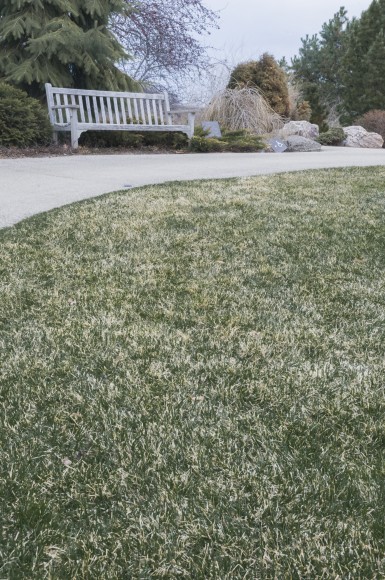
It’s never good to lose a plant or shrub to the elements, but the polar vortex did provide the type of reality check that can lead to best gardening practices. In a relatively mild winter, Chicago-area gardeners may have success with plants growing at the edge of their hardiness, but these plants can be killed or severely damaged in typical USDA Zone 5 conditions. Perhaps you’ll think twice in the future before putting something less-than-hardy in the garden. Good mulching and watering habits, and planting in the spring to give plants an entire growing season to become established, will increase the vigor of your plants and may help minimize winter burn.
Another virtue of gardening is that it forces you to look forward. So keep last winter’s lessons in mind as you clean, prune, maintain, and perhaps replant this spring.
For more information about gardening post-polar vortex, go to our free public Plant Information Service: chicagobotanic.org/plantinfoservice
©2014 Chicago Botanic Garden and my.chicagobotanic.org
Emerald Ash Borer: Sad But True, Part 2
In the past few months, the number one question I have been asked is “Will the cold winter have an effect on the emerald ash borer?” It’s sad but true that our cold winter will have very little effect on the emerald ash borer.
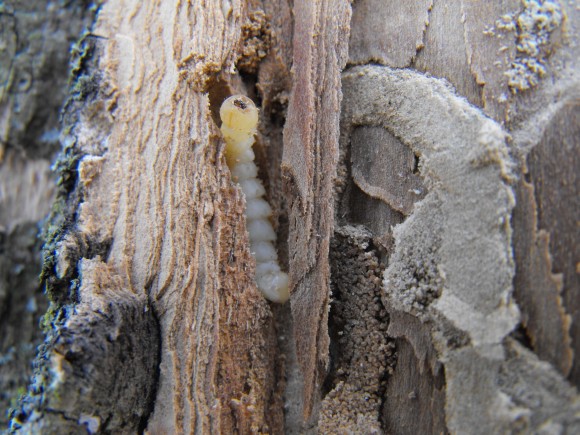
As we know, the emerald ash borer overwinters as larva under the bark, and that alone gives it some winter protection. More importantly, the emerald ash borer has another very interesting overwintering strategy: “supercooling.” In the fall, as the borer senses the cooler temperatures, it begins to produce a natural antifreeze that allows it to survive well below 32 degrees without freezing. The borer can also purge its stomach of materials that could freeze, flattening out and folding over. They are often found in this folded-in position under the bark in spring—I have seen this firsthand when I scraped the bark off an ash in January. Researchers in Minnesota have determined that it takes a prolonged period of about minus 25 degrees Fahrenheit or more to kill the borer. Our lows this past winter only reached about minus 16 degrees Fahrenheit (twice), as recorded by the Chicago Botanic Garden’s weather station. So, in our area, the march of the emerald ash borer continues undisturbed by our nasty winter.
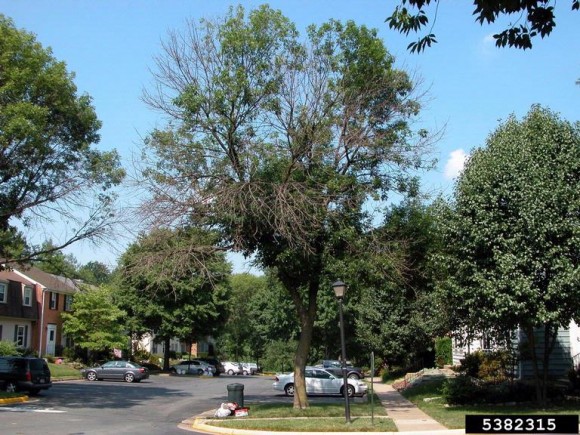
If you have ash on your property, I recommend monitoring closely for signs of emerald ash borer; if you don’t see signs, it is only a matter of time. When you do discover the borer, begin treatments as soon as possible. Treatments are best made proactively—before you see signs of damage on the tree! You may wish to simply plan/budget to have your trees removed. Be aware that dead ash trees are hazardous, not just for their spread of the beetle. They become brittle quickly and become a hazard as limbs fail and fall.
The Garden is a great resource if you have questions or just want to learn more about the emerald ash borer. If you have recently removed ash trees, or have already scheduled removal and are looking for replacement trees, consider our list of ash tree alternatives. Drop by our Plant Information Service with your questions! Our new location is outside the Lenhardt Library.
Click here to register online for one of two informational sessions, Emerald Ash Borer: What You Need to Know, from 10 a.m. to noon on Friday, May 16, and Saturday, May 17. This is a free seminar, but advance registration is required.
©2014 Chicago Botanic Garden and my.chicagobotanic.org
The miracle that is migration
After such a long, cold winter, I am especially looking forward to the gifts that migration brings.
Each day is a present just waiting to be opened. Here in Illinois, we can see more than 400 different bird species. Some are local residents, but most are just passing through. Starting in March and lasting through June, millions of birds will be heading north through Illinois to their breeding grounds.
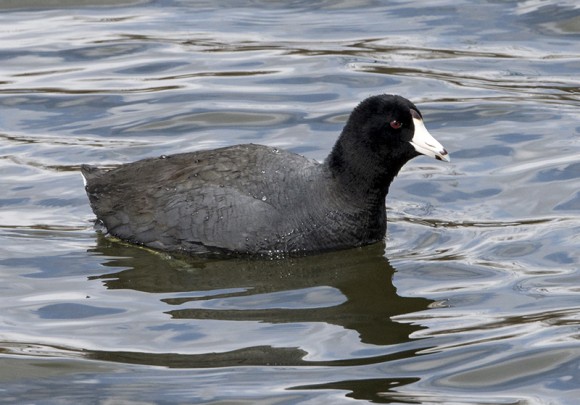
First to move through are the ducks, then blackbirds, kinglets, shorebirds, herons, egrets, and finally the big show, warblers! If you don’t know what warblers are, I suggest you look them up; after you see your first one in the wild, you will be hooked. These tiny gems are a wonder to behold. I saw my first warbler of the year yesterday, a yellow-rumped warbler (one of the most common of the species). I’ve seen them hundreds of times, yet I was just as thrilled yesterday as I was the first time I saw one. I guess I’m hooked.
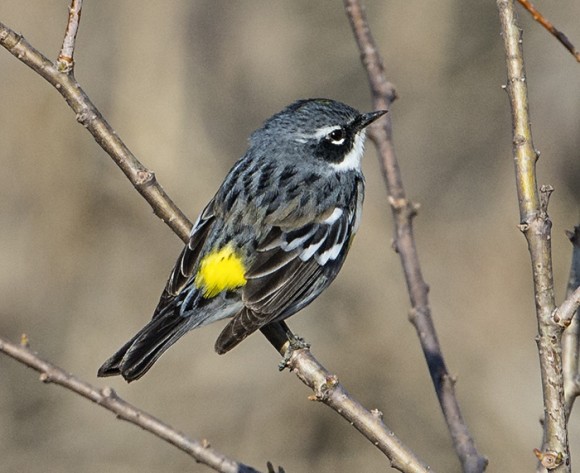
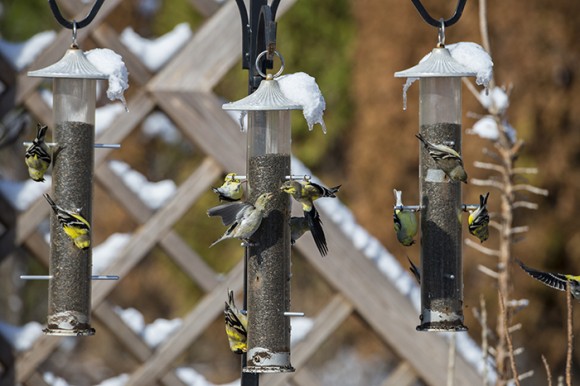
The Chicago Botanic Garden is a hot spot for migrant activity. With the advantage of water, woods, and prairie, it is an attractive spot for a large variety of birds. I’ve seen more than 200 species of birds at the Garden, and just this past week I was treated to migrating red-breasted mergansers, coots, and grebes. Plus, it was fun to see the resident birds returning from their winter in warmer climates, like grackles, red-winged blackbirds, and great blue herons. The goldfinches were also getting their breeding colors back after dulling down for the winter. Spring may be slow to get going this year, but the garden is full of colorful birds!
A fun way to spend the day is to grab a field guide, a pair of binoculars, or a camera, and see how many different species you can find and identify. There is even a ledger at the front desk to record your finds. If you need help, you can sign up for a bird walk and learn from an expert.
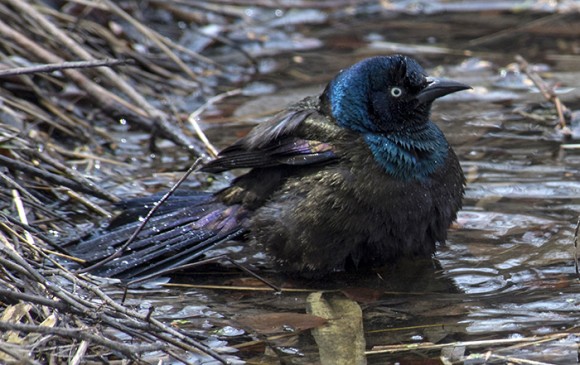
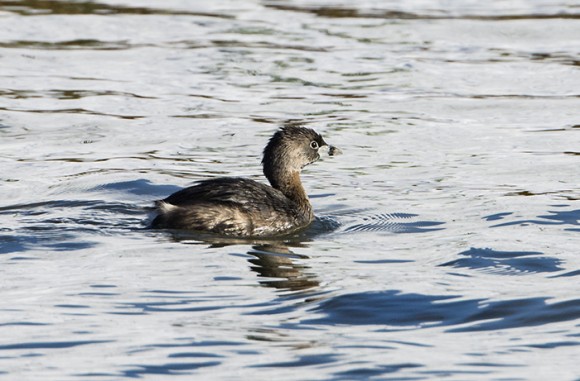
Migration is one of the greatest miracles on Earth, and is here for all of us to enjoy.
©2014 Chicago Botanic Garden and my.chicagobotanic.org
Enriching the Lives of Future Plant Scientists
On any given day, the Chicago Botanic Garden’s science laboratories are bustling with activity. Some of the researchers are extracting DNA from leaves, analyzing soil samples, discussing how to restore degraded dunes—and talking about where they’re going to college. The young researchers are interns in the Garden’s College First program, studying field ecology and conservation science, and working side by side with scientists, horticulturists, and educators.
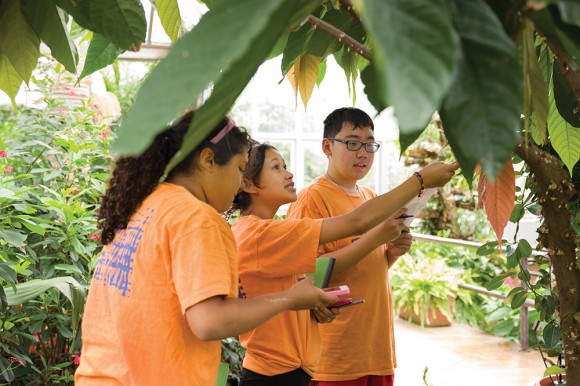

The Science Career Continuum consists of five programs:
- Science First, a four-week enrichment program for students in grades 8 through 10.
- College First, an eight-week summer internship for high school juniors and seniors with monthly meetings during the school year.
- Research Experiences for Undergraduates (REU), a ten-week summer research-based science internship supervised by a Garden scientist and funded through a National Science Foundation grant. In 2014, three College First graduates will participate.
- Conservation and Land Management (CLM) internship, offered through the Department of the Interior’s Bureau of Land Management and held in 13 western states.
- Graduate programs in plant biology and conservation, offered jointly with Northwestern University for master’s degree and doctoral students.
The program is part of the Science Career Continuum, which is aimed at training the next generation of dedicated land stewards and conservation scientists. The Continuum engages Chicago Public Schools students from diverse backgrounds in meaningful scientific research and mentoring programs from middle school through college and beyond. “Each level of the Continuum challenges students to improve their science skills, building on what was learned at the previous level and preparing them for the next,” said Kathy Johnson, director of teacher and student programs.
College First is a paid eight-week summer internship for up to 20 qualified students. Isobel Araujo, a senior at Whitney Young High School in Chicago, attended the College First program in 2011 and 2012. As part of the program, she did research on orchids and learned how to estimate budgets to fix hypothetical ecological problems. “It was definitely challenging, but it was awesome,” said Araujo, who plans to major in environmental studies.
During the school year, College First students also attend monthly meetings that help them select colleges, complete applications, and find financial aid to continue their education. More than 94 percent of College First graduates attend two- or four-year colleges, and many are the first in their family to attend college. Three students, including Robert Harris III, received full scholarships to universities beginning in fall 2013.
Harris is a freshman at Carleton College in Northfield, Minnesota. As a junior and senior at Lane Tech High School in Chicago, he made a three-hour daily round-trip commute to the Garden for the College First program. During his internship, he learned to extract plant DNA and study genetic markers in the Artocarpus genus, which includes breadfruit and jackfruit. Harris said the program was a great experience. “You get out of the city and experience nature close up,” he said. “The Garden itself is one big laboratory, and it was a lot more hands-on than in high school.”
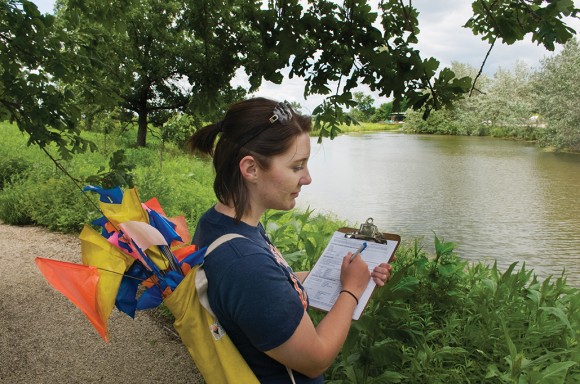
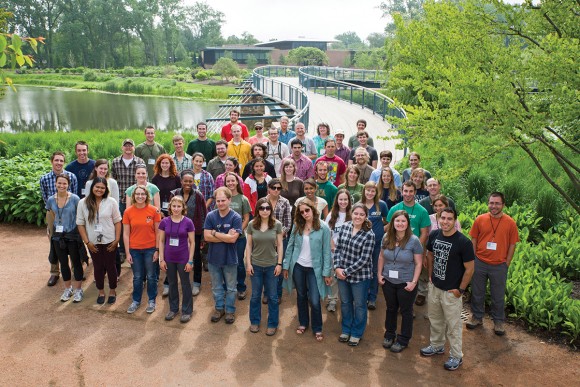
Because of funding restrictions, enrollment for the Continuum programs are limited to students from Chicago Public Schools. For more information, visit chicagobotanic.org/ctl/teacher_students or call (847) 835-6871.
This post was adapted from an article by Nina Koziol that appeared in the spring 2014 edition of Keep Growing, the member magazine of the Chicago Botanic Garden.
©2014 Chicago Botanic Garden and my.chicagobotanic.org


